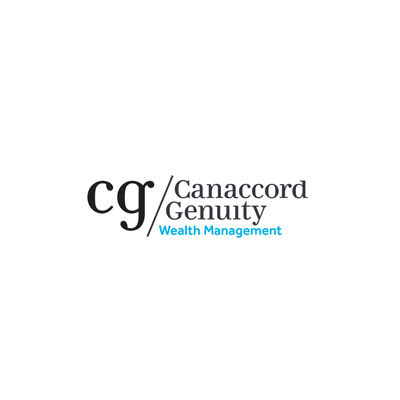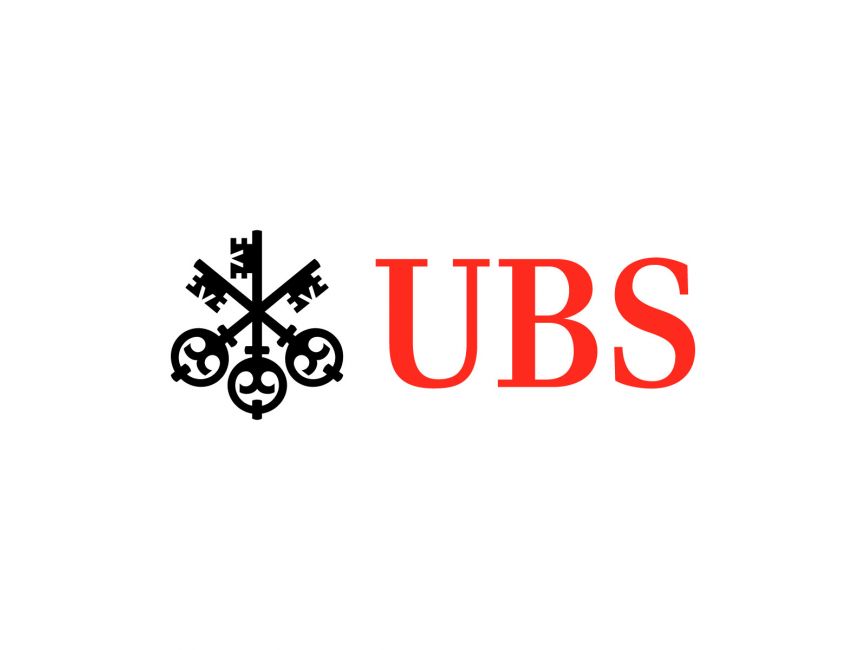The swathes of new ETFs taking different approaches to ESG, regulation and market volatility were all in focus during this panel where participants reflected on how to integrate sustainability in portfolio construction.
Speaking at ETF Stream’sESG ETFs Investor Workshop, Jaspreet Duhra, managing director and global head of ESG indices at S&P Dow Jones Indices, started by stating that despite “cynicism and the market downturn”, ESG continues to be front and centre in investors’ minds and Europe remains home to the first movers and innovators in this space.
“Regulation is a huge topic in the European market, so we spend a lot of time deciphering that given it impacts us as benchmark providers, but also our partners, product providers and asset owners,” Duhra continued. “We will see quite a lot of change on the back of regulation, especially the MiFID requirements around measuring ESG funds and disclosures.”
Echoing her thoughts, Andrew Walsh, head of UK and Ireland ETF and passive sales at UBS Asset Management, agreed, adding the last six months have been “very choppy” but innovations in areas such as fixed-income make ESG an exciting area to watch.
“The latest thing coming through is SFDR phase two, set to come in from next year. We have had a lot of people asking about Article 9 and how it works in practice,” Walsh added.
However, not all have been as enthusiastic about the wave of ETFs in recent years offering green angles on broad benchmarks.
As Patrick Thomas, head of ESG portfolio management at Canaccord Genuity Wealth Management, argued: “What has happened is you have had a bunch of product launches that have basically tried to replicate conventional market indices and slightly reordered stocks around and then badge something as being ESG.
“And ultimately, there has been demand for that because there are plenty of investors who want exactly that. They want the S&P 500 or the FTSE 100 and they want to tick a box.”
How to slice beta with ESG
What Thomas highlighted is a key debate within ESG. Can something have sustainable credentials using a rules-based approach to over and under-weight certain securities, and if so, which is the right way to do this?
Duhra noted there is a “spectrum” of ways to gain index exposure with an uplift in ESG while minimising performance deviation.
Looking at her firm’s S&P 500 ESG index series, Duhra said: “We are trying to keep the same industry group exposures, but we are making material changes by removing 200 companies versus the parent benchmark. We know investors want S&P 500 exposure and ESG but have constraints when it comes to tracking error.”
“If you want to go more high conviction, investors access transition indices where the tracking error as result is a bit higher,” Duhra said. “Investors need to make a choice on how strong their conviction is with relation to ESG. For SPDJI, it is about offering that spectrum of solutions.”
She also noted the gradual process of gaining authority and investor support for ESG. A key part of this has been improving data in terms of the quality and volume of company disclosures, however, these disclosures are not always done in comparable ways meaning index providers still rely on a degree of modelling and estimation.
“It is up to us to be transparent about the way we are rating companies and make it clear whether we are measuring companies from a risk or impact perspective,” Duhra continued. “From a data perspective, there is work we have to undertake. Even on relatively straightforward issues such as carbon footprint, it is not simple, let alone on issues such as what percent of a board should be made up of women.”
UBS AM’s Walsh agreed and said support for ESG has been based on interacting with clients to build products based on their demands.
“We are certainly seeing some interest,” he said. “Trying to get your clients on board also involves them getting their internal stakeholders on board, it takes a long chain reaction of discussions on different levels.
“The reputation of the index provider is also very important. It is like getting a car and thinking about the mechanic who is going to look after it later on.”
More adventurous ESG
Thomas remained unconvinced by the filtered beta approach to ESG. First, he said it is more useful to look at ESG’s three components in isolation, given there is more consensus on environmental issues and therefore the “product quality and philosophy” of a climate ETF is more effective than broad ESG.
Overall, rather than cornering part of a vanilla index, Thomas argued a better route for ESG would be a thematic approach as this is the only way to direct assets into “genuinely interesting and innovative products” that will facilitate goals such as the green energy transition.
“The thematic approach is easily the most interesting because people are taking risks,” he added. “However, it can be hype-driven and populist meaning launches can follow trends in the media but it gives you a fighting chance of outperforming because you are hitting active share.
“You get a panel of experts picking a stock universe on something you do not know that much about while an index provider can make semi-sensible decisions on size constraints and rebalancing. That is an innovative product.”
Another approach he supported would be influencing company behaviour by choosing which bonds to buy.
In an impact bond context, Walsh pointed at to firm’s UBS ETF Sustainable Development Bank Bonds UCITS ETF (MDBU), which captures issued by bodies such as the World Bank, African Development Bank and European Bank for Reconstruction and Development.
Thomas agreed with the concept but highlighted the ETF has $1.5bn assets under management (AUM) and is the only one of its kind in Europe. Therefore, this and other approaches in sustainable fixed income could be the areas to watch in ESG going forward.
Related articles





